
Greetings Friends,
This monthly newsletter (No. 30) includes; celebrations, Darwin’s last wildlife corridor, Lee Point fire, plants and wildlife.
1. Celebrations and other news
Celebrations were in order after the announcement by DHA that bulldozing work had been paused at Lee Point (Binybara) to 31 March 2024.
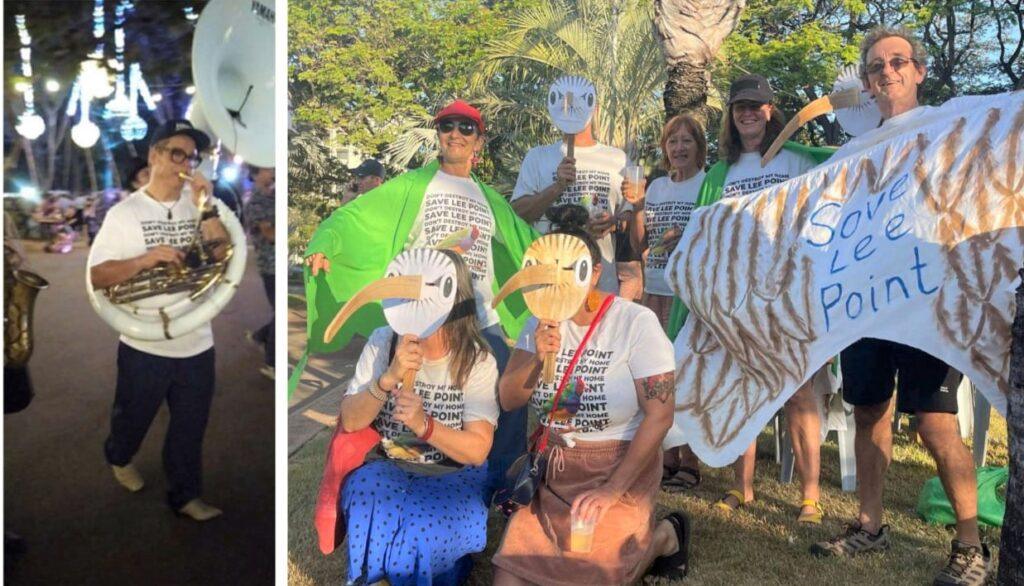
People enjoying the Darwin Festival and wearing eastern curlew masks
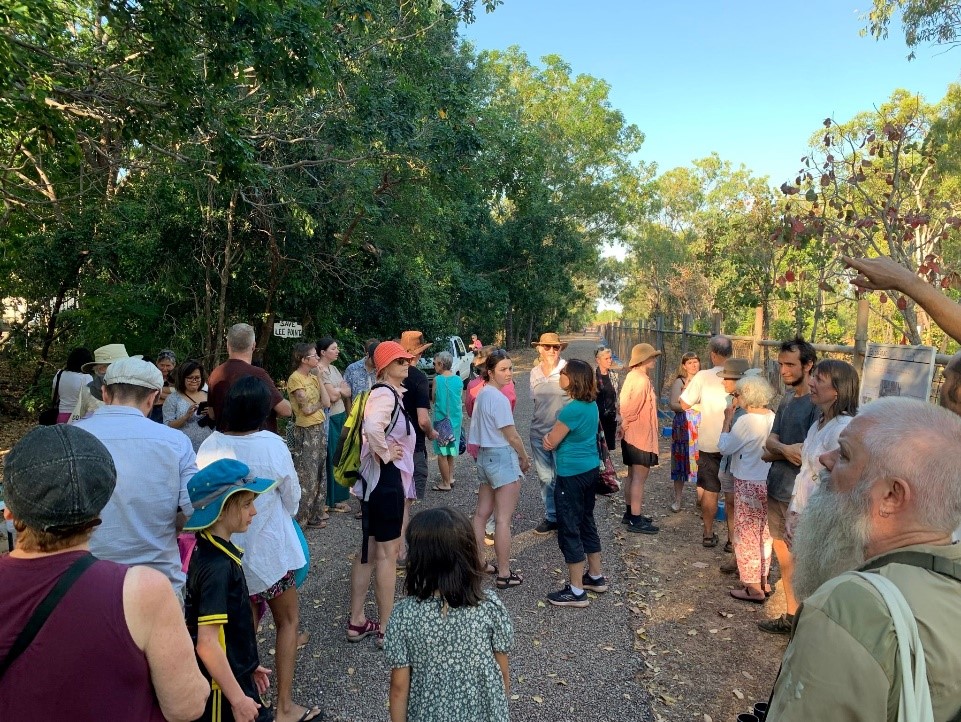
Birdwalks on the weekend have continued with the majority of walks recording over 30 bird species. For the latest sightings in the Muirhead part of the corridor – see ebird
Other news
Lyons By-election – if you live in Lyons Ward ask your candidates whether they support saving Lee Point or not. Election day is Saturday 2 Sept.
Darwin – Garramilla Shorebird Festival is on the 15 – 17 Sept, Nightcliff foreshore. Migratory shorebirds are now winging their way from the Arctic circle to Darwin. This is a great opportunity to learn more about these amazing birds and birdlife generally.
2.0 Darwin’s last wildlife corridor (connected savanna habitat)
Friends of Lee Point believe that Lee Point (Binybara) is not a suitable location for housing thousands of people, reasons include;
1. adverse impact on people’s enjoyment and general well being
2. considerable loss of habitat and wildlife
3. traffic congestion, car dependency, emissions
4. significant costs for the taxpayer
5. disruption of the savanna habitat between Darwin and the rural area
Some locations that should be investigated (in place of Lee Point) for housing defence personnel are shown below.
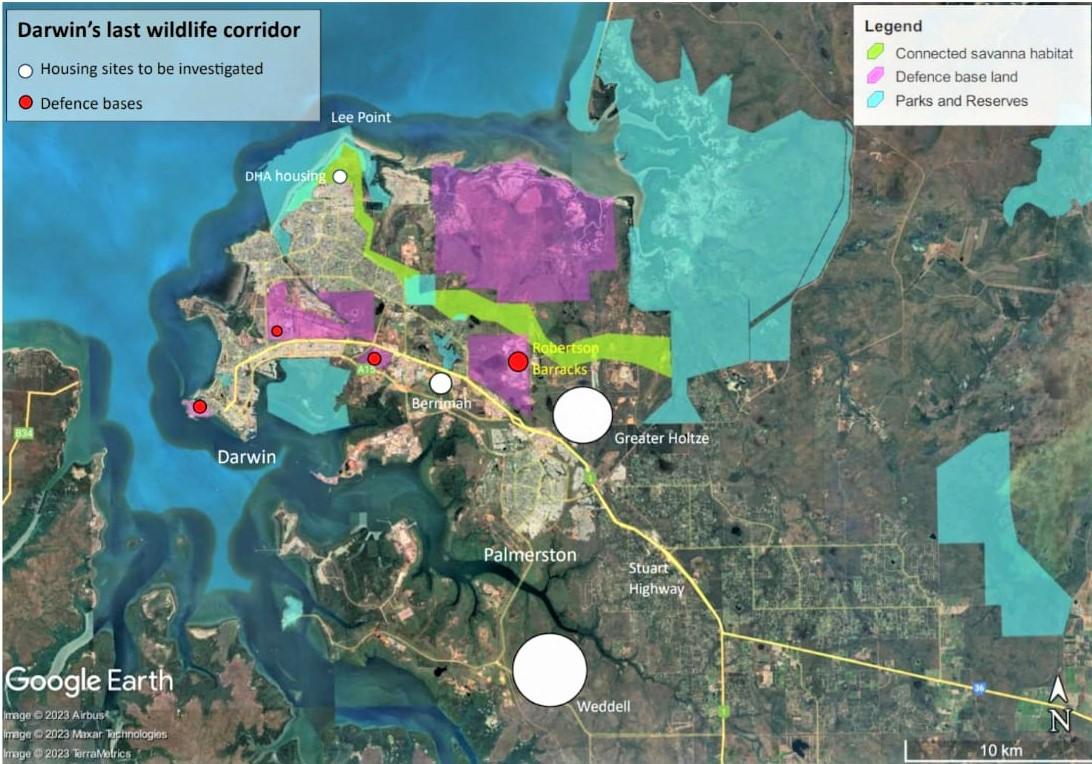
The corridor (in green) is a direct route that a small mammal could take using savanna habitat from the rural area to Casuarina Coastal Reserve. The size of the white dots are indicative of how many houses could be built at that location (subject to cultural and environmental assessments).
Berrimah (Northcrest) is an old farming site and less likely to have environmental or cultural concerns. A preliminary cost-benefit assessment was undertaken by FLP for this site, refer: Planning for Lee Point.
Darwin’s last wildlife corridor
Wildlife corridors promote genetic diversity in animal populations and can be critical for small mammals because it allows them to move safely between areas of shelter, food and water.
Originally the (27km) corridor described here would have been a continuous savanna woodland stretching from Casuarina Coastal Reserve to Shoal Bay Reserve. Today development has encroached on some parts of the corridor and four minor roads cross it. The minor roads have little or no traffic at night and much of the corridor is relatively intact making it important habitat for small nocturnal mammals such as the endangered Black-footed tree-rat and Northern brushtail possum.
Our Black-footed tree-rat is running fifth on the list of mammals at greatest risk of extinction over the next 20 years. The Northern brushtail possum is another mammal whose numbers have been declining in the wild and is now on the 110 threatened species priority list. They both use the old growth trees (tree hollows) in savanna habitat for shelter and forage in a variety of habitats for food and water. Both have been recorded in the DHA project area at Lee Point.
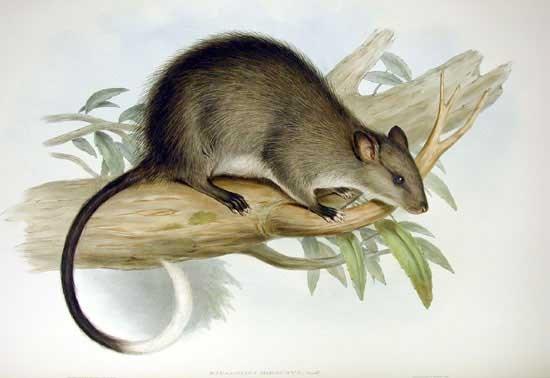
Black-footed tree-rat, illustration by John Gould (1804-1881) – source Wikipedia
Charles Darwin University’s head of environment research is warning Federal Government housing and gas precinct developments planned for Darwin could hasten the extinction of threatened species including the Black-footed tree-rat because the city is surrounded by important biodiverse habitat. Two of the most diverse areas are Lee Point and Middle Arm – listen to the recent ABC PM Radio interview (~4 min) by reporter Jane Bardon.
This paper calls for the strong protection of old growth savanna stands of the Darwin region: Lee Point: protecting critical habitat and Darwin’s last wildlife corridor.
Housing location investigations
The (independent) NT Planning Commission had no involvement in the Lee Point Area Plan.
“The Lee Point Area Plan was developed by professional planning consultants on behalf of DHA, in consultation with the NT Government”… read more.
DHA should have reports that comprehensively address these matters:
-
- Public benefit-cost information on why the Lee Point site was chosen over other Darwin locations.
-
- Other housing locations investigated to avoid environmental offsets* at Lee Point for the endangered Black-footed tree-rat and endangered Gouldian finch.
*Government policy on environmental offsets is that an offset is only an option after you’ve tried to avoid or mitigate any impacts. Avoidance always comes first. Also refer to NT Government’s Offsets Framework.
To date, DHA have been unwilling or unable to provide information on the matters mentioned above.
What you can do to help
Send a letter to Minister Matt Thistlethwaite (minister directly responsible for DHA) asking for reports that address the above matters – Take Action
3.0 Major fire at Lee Point
The major fire left the Lee Point Biodiversity Corridor east of Lee Point Road in a poor state.
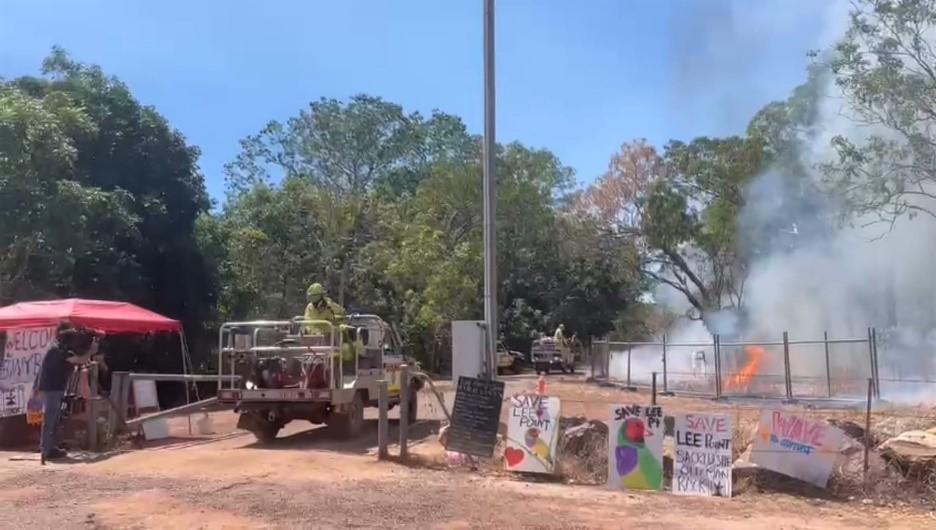
Firefighters arriving at Binybara Camp on Sunday 13 Aug 2023
Nearly all the old growth trees survived but many trees and plants were affected making life harder for the animals living there to find food. Some animals were killed or badly injured by the fire. The possum below had to be put down – refer Darwin Wildlife Sanctuary.
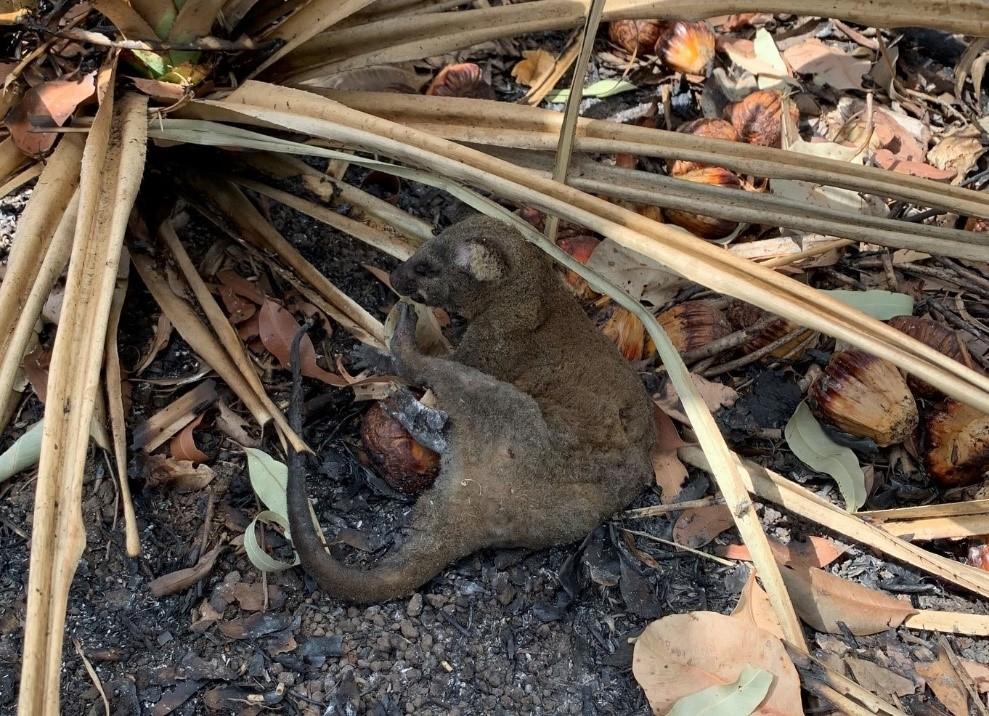
Northern brushtail possum after the fire
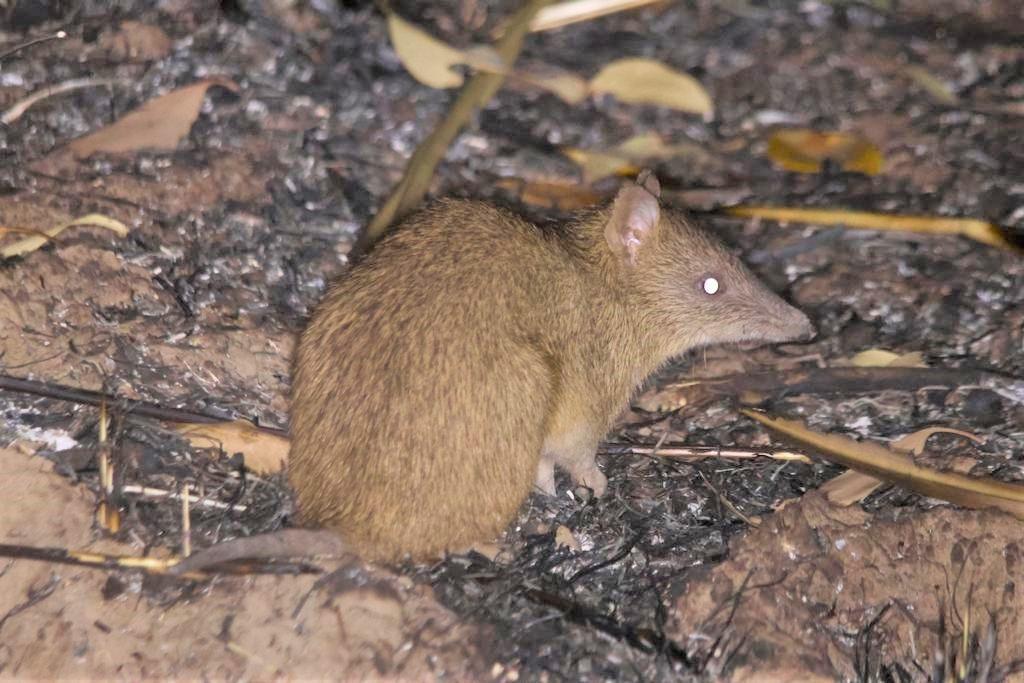
Northern brown bandicoot in reasonable condition a few days after the fire.
Fires near the end of the dry season are generally much more intense and bad news. The mammals sheltering in tree hollows from the fire are more likely to die from radiant heat than contact with flames. Intense fires can also mean that the eucalypt trees (assuming they survive) will not flower for several years, the trees needing this time to recover.
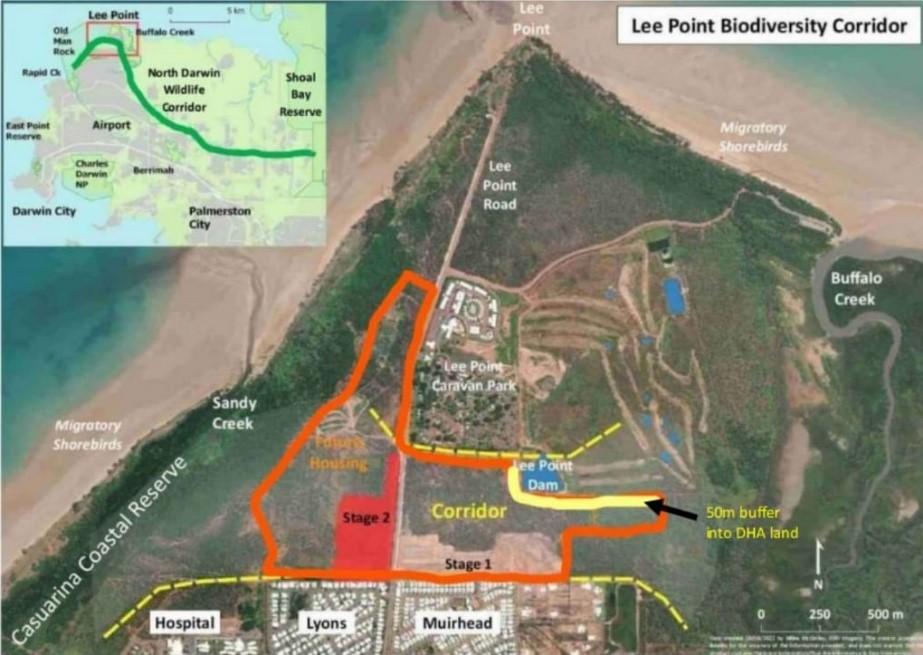
The firefighters were able to stop the fire getting into the golf course due to a firebreak and a lot of hard work. The fire burnt over 50ha of the corridor including the “50m buffer” for the gouldian finch. Having some suitable firebreaks on the DHA land could have reduced the burned area.
Please ring 000 immediately if you see a fire at Lee Point, it’s probably arson – time is important. A high fire danger period is currently in place from 26 Jun-31 Oct.
4.0 Quiz
Q1. Identifying gum trees is challenging; flowers and fruit are a key feature in identifying different species. Match the images of the fruits and flowers to the listed trees below growing at Lee Point. Answers at the end.
-
- Scarlet gum (Eucalyptus phoenicea)
-
- Darwin stringybark (Eucalyptus tetradonda)
-
- Long fruited bloodwood (Corymbia polycarpa)
-
- Darwin woollybutt (Eucalyptus miniata)
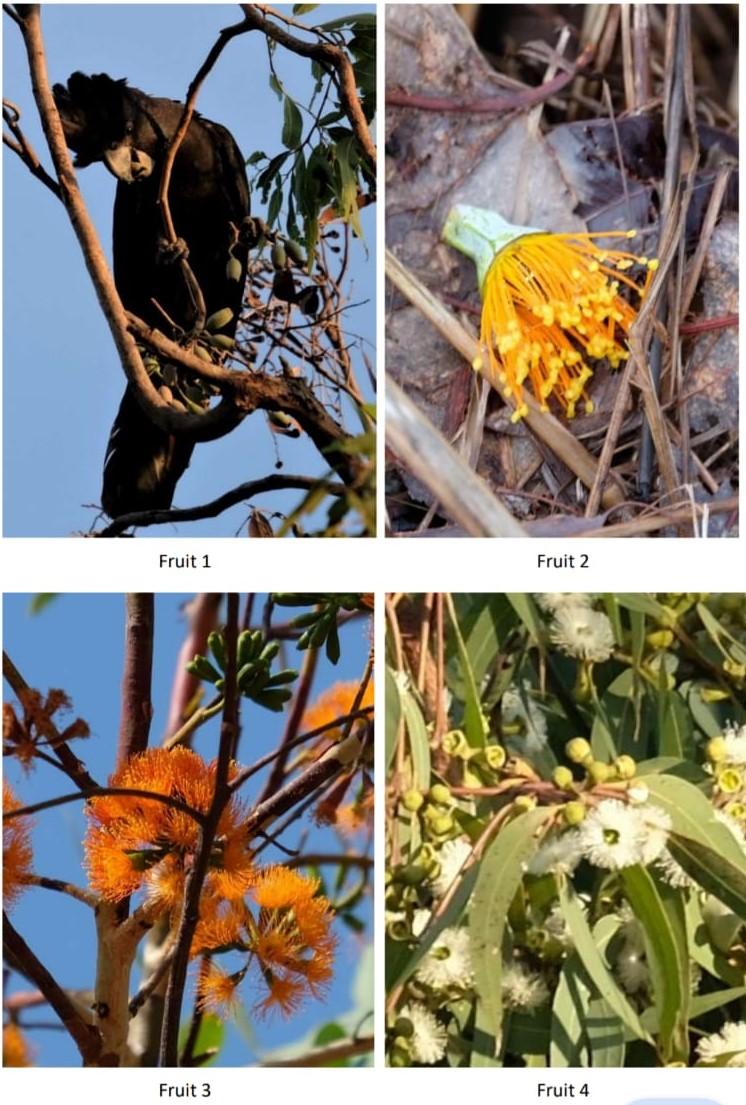
5.0 Plants and wildlife
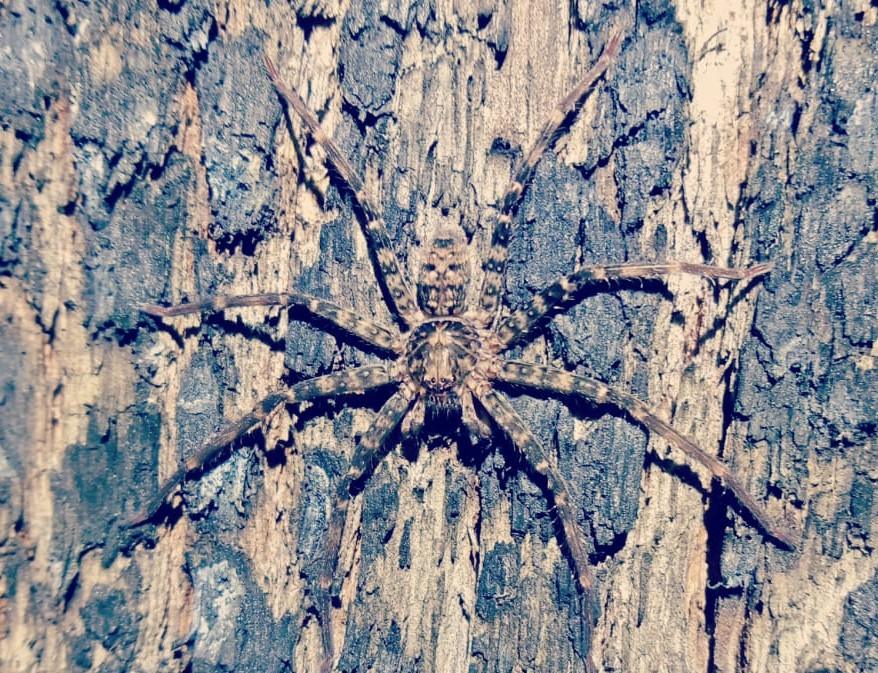
Jungle Huntsman spider (Heteropoda renibulbis).
Going on a walk with the NT Field Naturalists is a good way to find out more about spiders and lots of other wildlife.
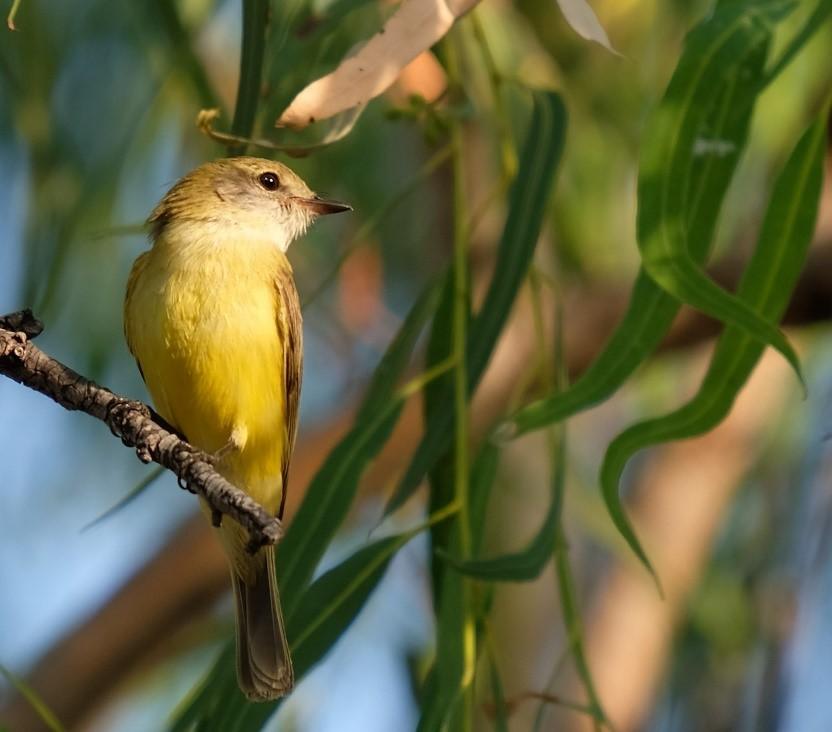
Lemon-bellied flyrobin
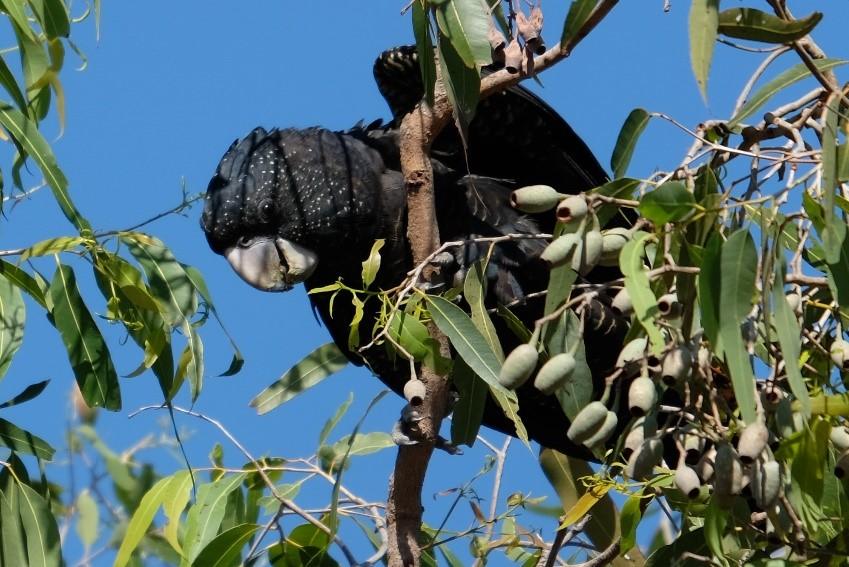
Red-tailed black cockatoo (female) eating seeds from a long-fruited bloodwood.
Until next time enjoy the dry season at Lee Point (Binybara)
Answers to Quiz